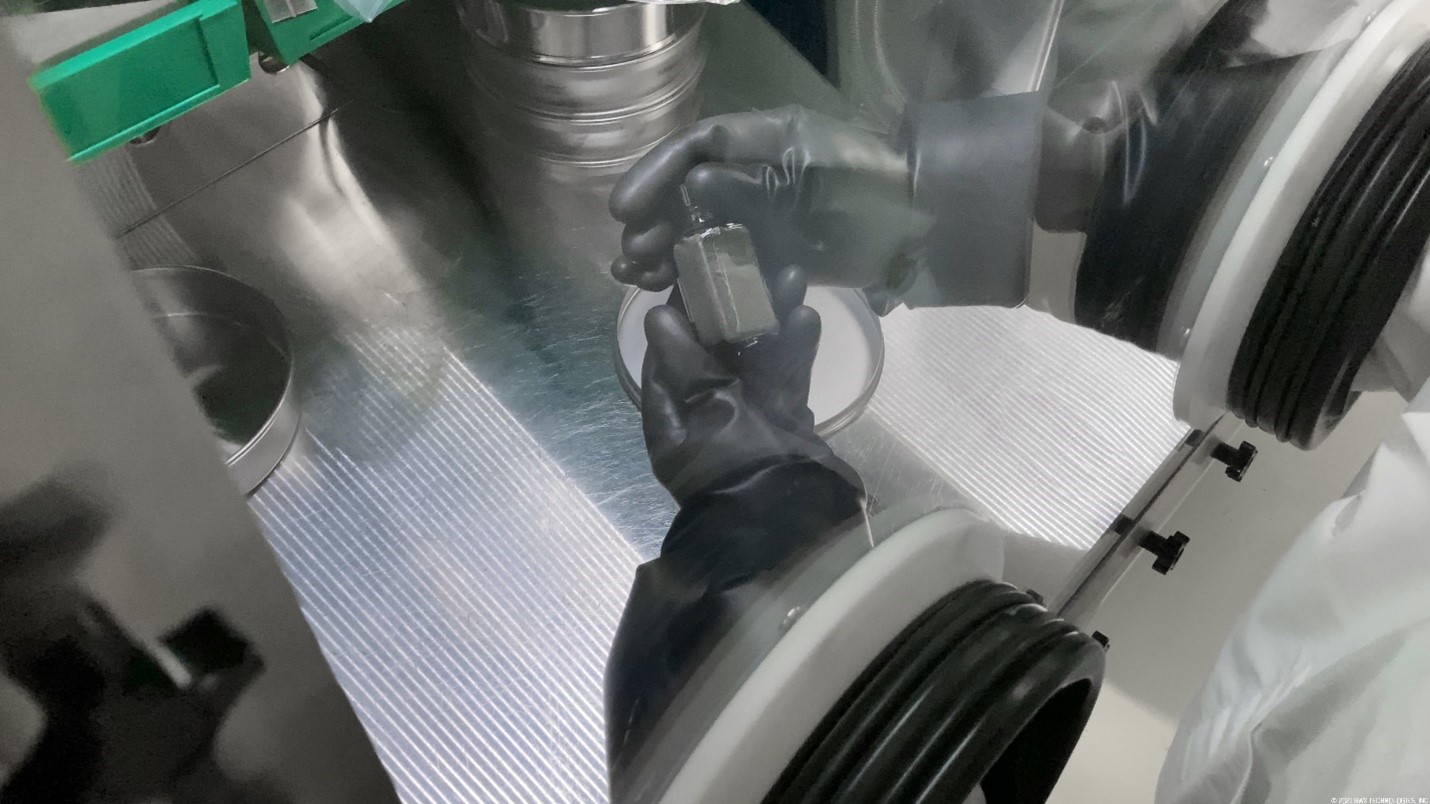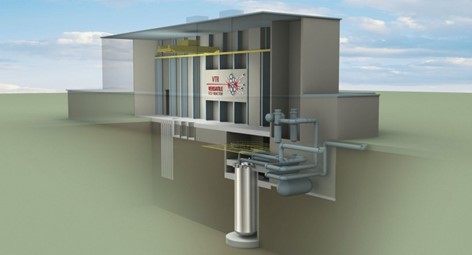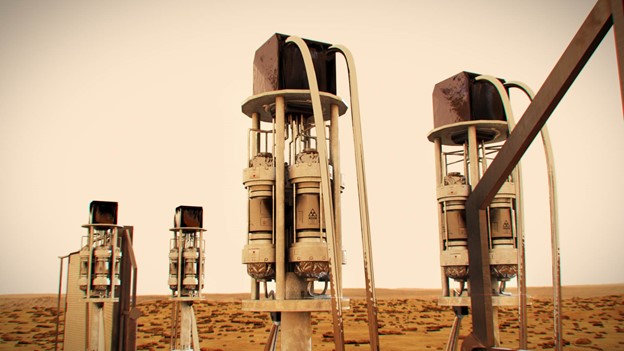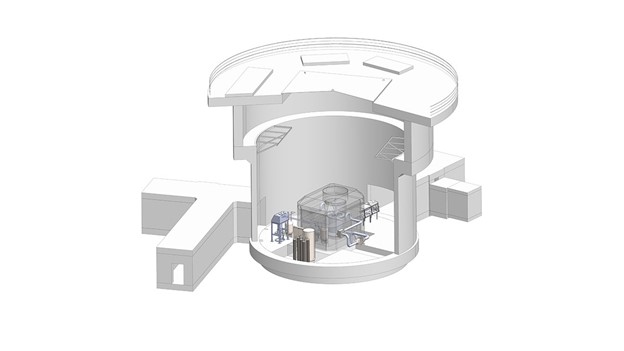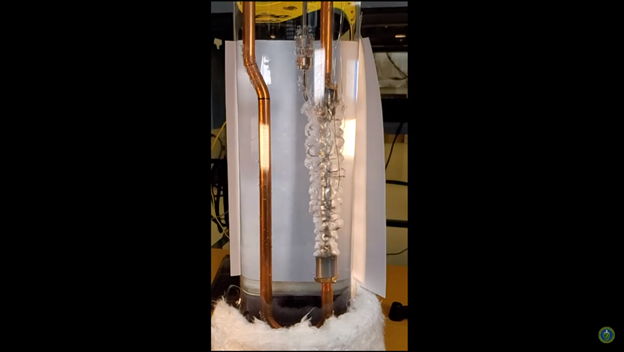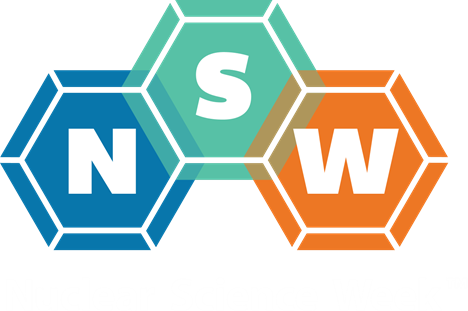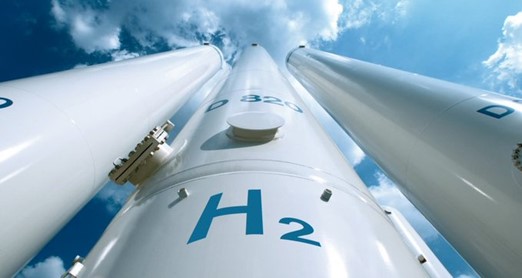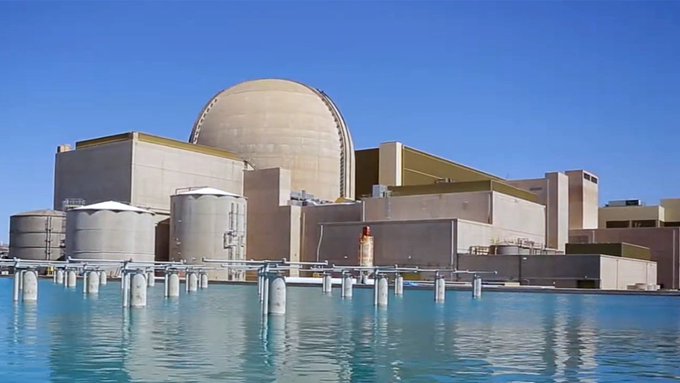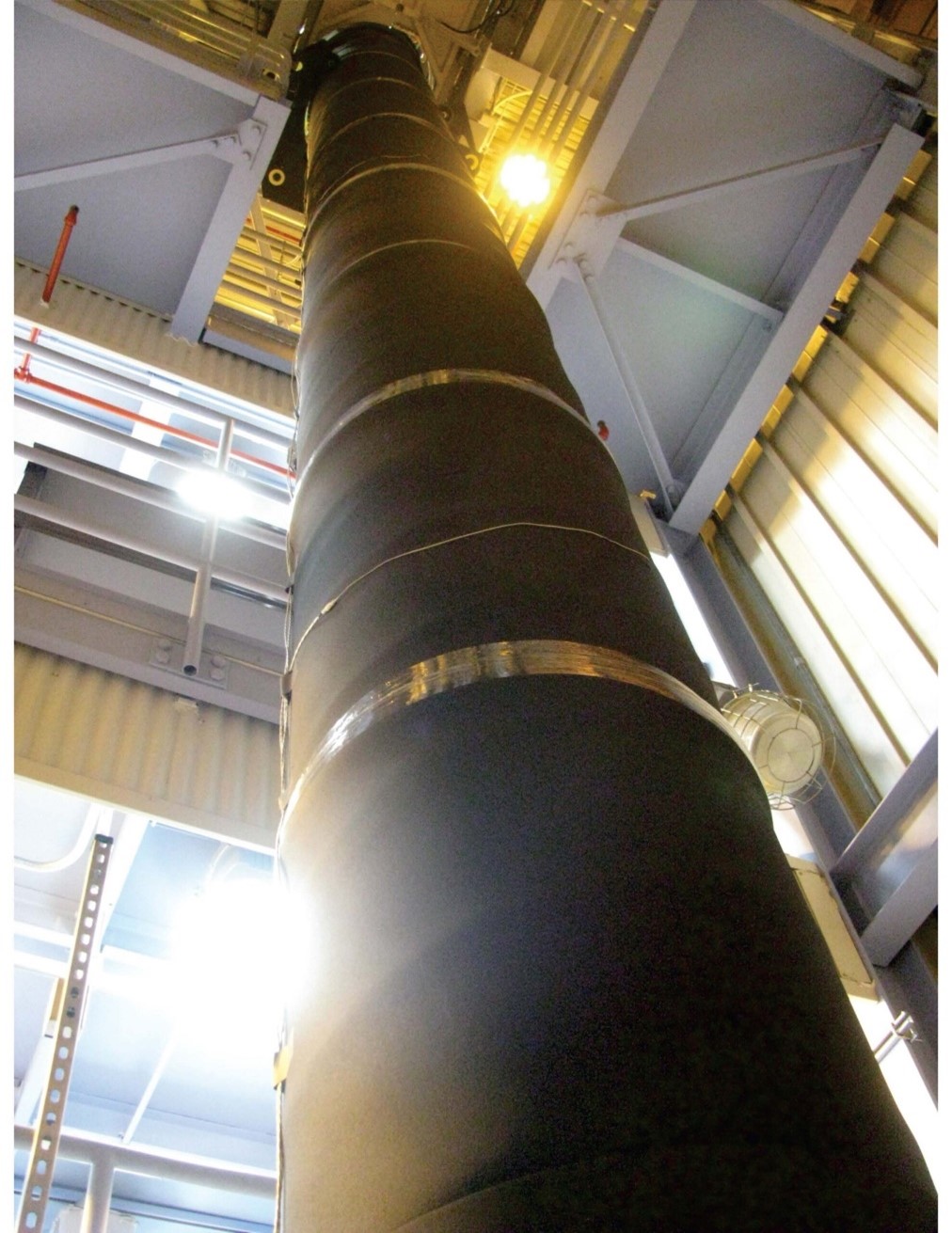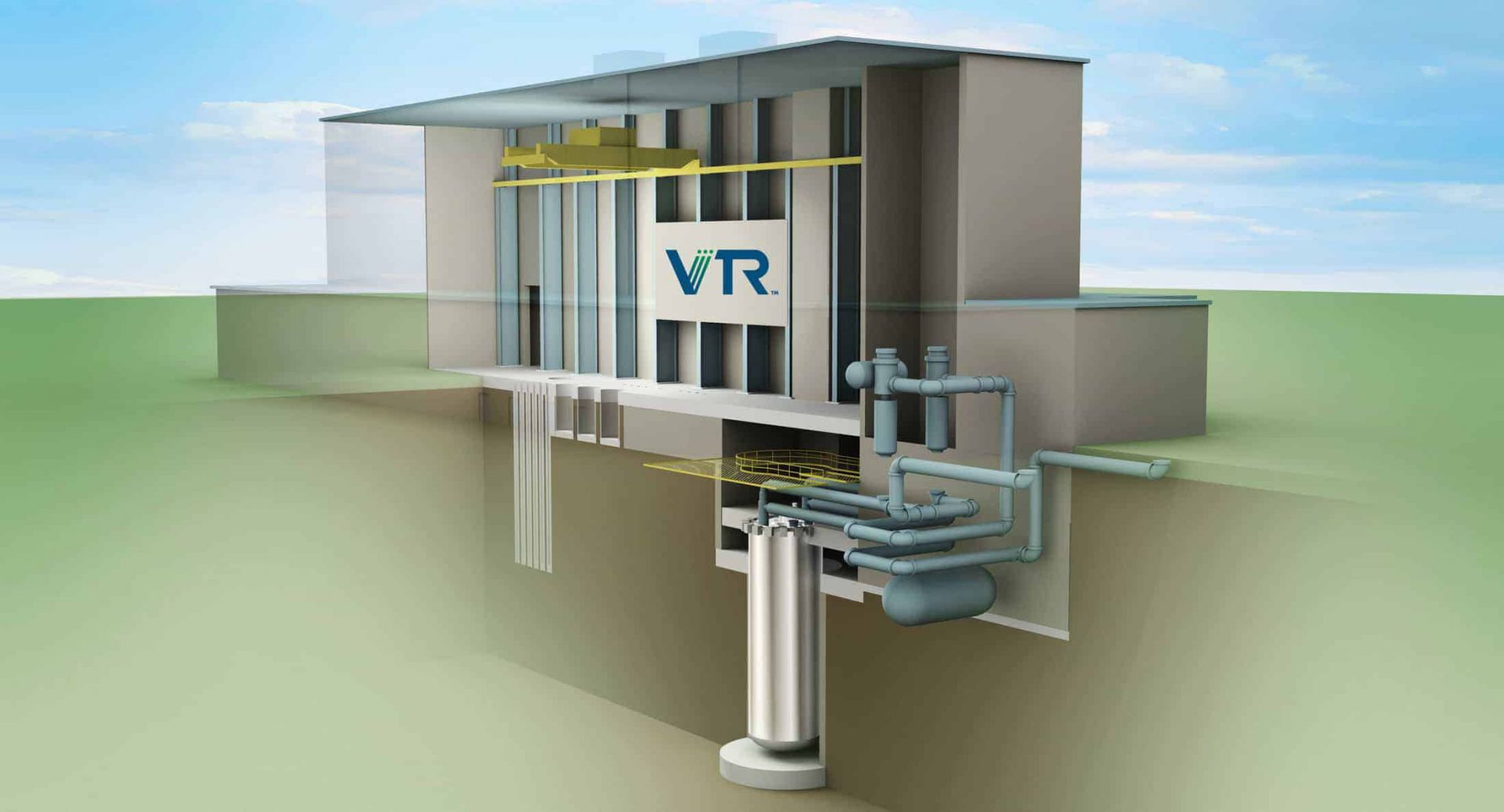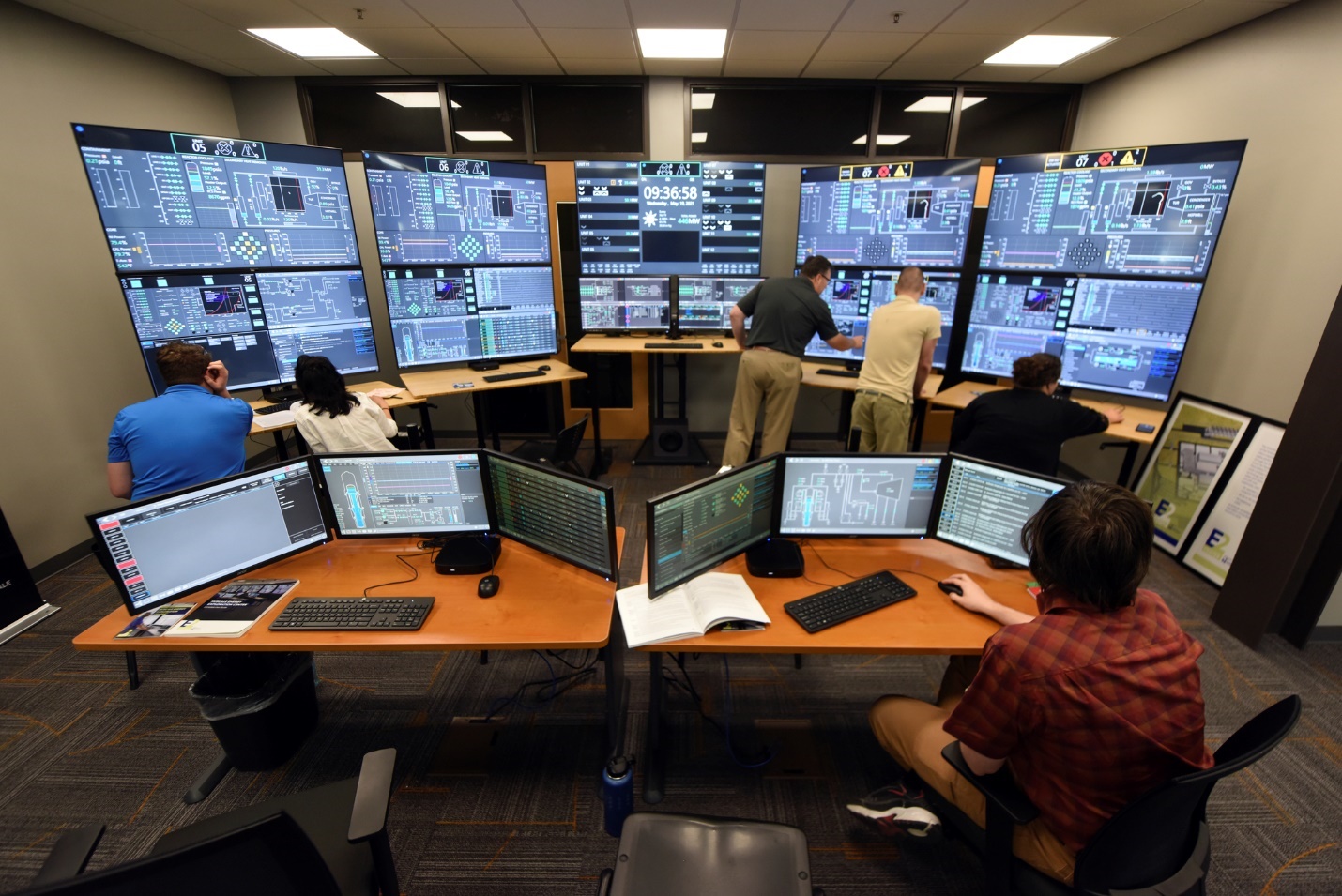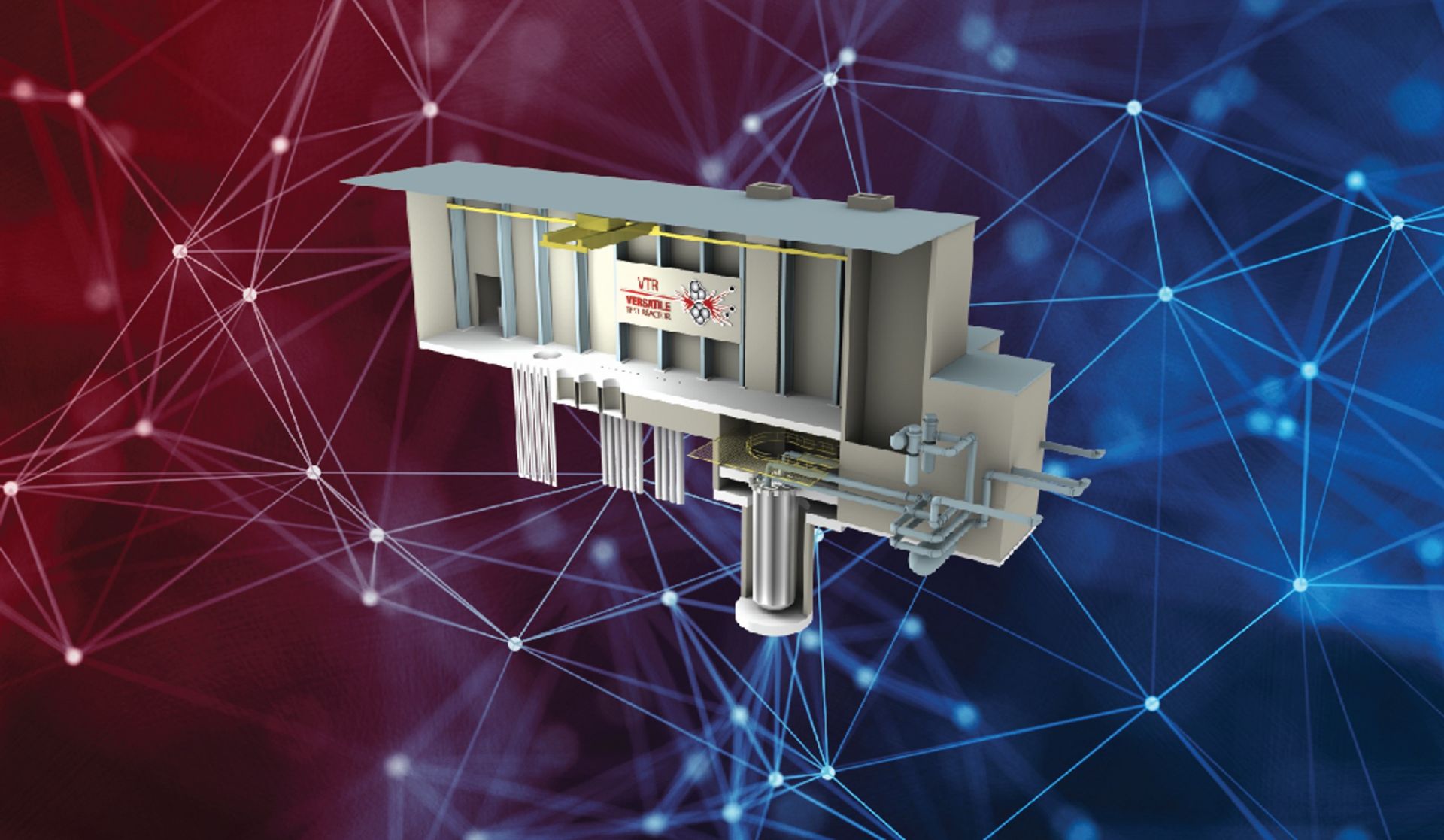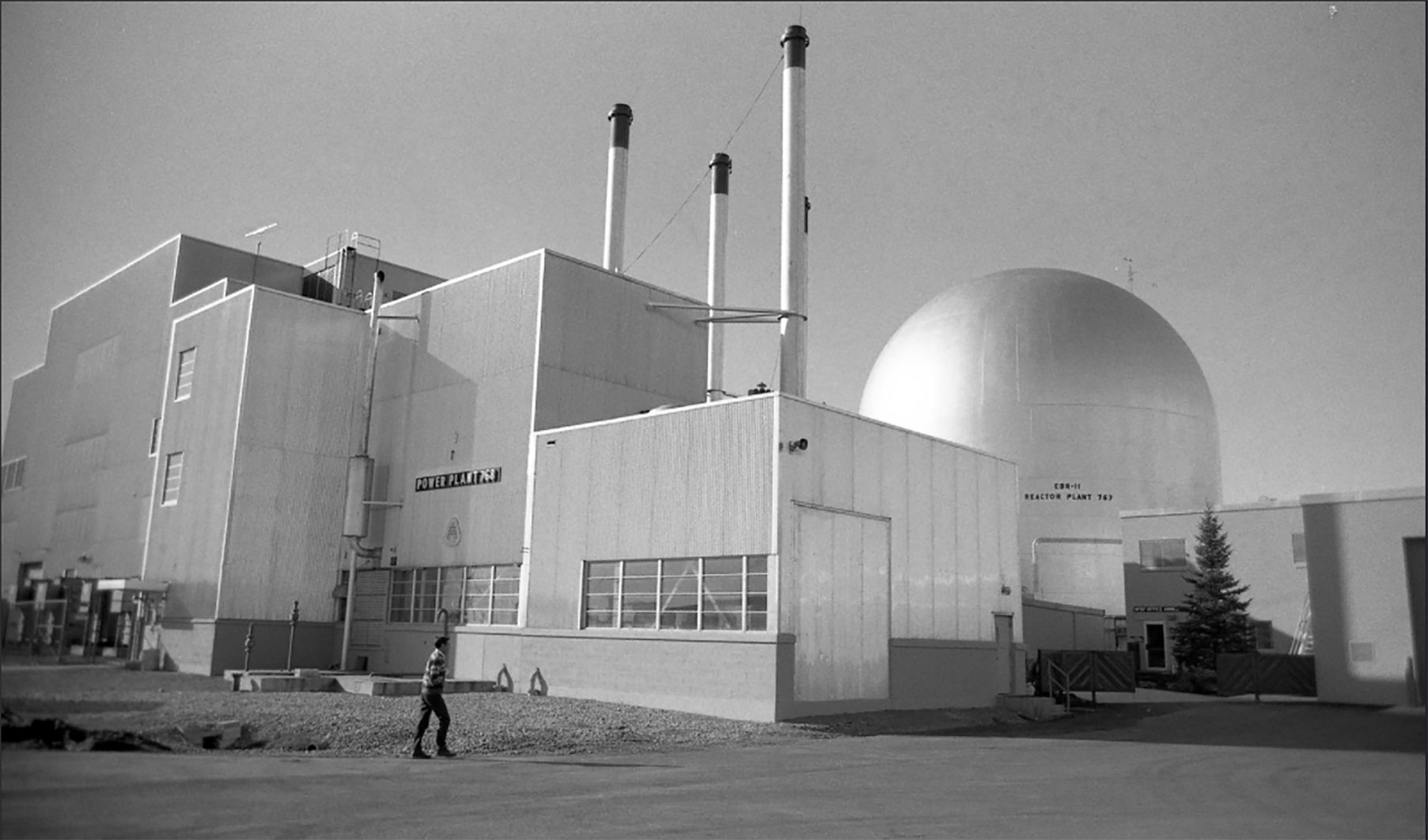Coated uranium fuel kernels, as viewed through a glovebox. (Photo: BWXT)
Nuclear thermal propulsion (NTP) is one technology that could propel a spacecraft to Mars and back, using thermal energy from a reactor to heat an onboard hydrogen propellant. While NTP is not a new concept, fuels and reactor concepts that can withstand the extremely high temperatures and corrosive conditions experienced in the engine during spaceflight are being designed now.
BWX Technologies announced on December 13 that it has delivered coated reactor fuels to NASA for testing in support of the Space Technology Mission Directorate’s NTP project. BWXT is developing two fuel forms that could support a reactor ground demonstration by the late 2020s, as well as a third, more advanced and energy-dense fuel for potential future evaluation. BWXT has produced a videoof workers processing fuel kernels in a glovebox.
The underlying Snake River Plain Aquifer is considerably safer today following three decades of cleanup activities at the DOE’s Idaho National Laboratory Site. (Graphic: DOE)
When the Department of Energy, the state of Idaho, and the Environmental Protection Agency signed a federal facility agreement and consent order in December 1991, the agencies outlined a plan to investigate and clean up, if necessary, more than 500 individual waste areas within the 890-square-mile Idaho National Laboratory (INL) Site, which was established in 1949 to design, build, and test nuclear reactors.
Artist's rendition of the Versatile Test Reactor. (Source: DOE)
Artist’s concept of a fission surface power system on Mars. (Image: NASA)
NASA and Idaho National Laboratory have just opened a competitive solicitation for U.S. nuclear and space industry leaders to develop innovative technologies for a fission surface power system that could be deployed on the surface of the moon by the end of the decade. Battelle Energy Alliance, the managing and operating contractor for INL, issued a request for proposals and announced the news on November 19. Proposals are due February 17.
The Molten Chloride Reactor Experiment will be built at Idaho National Laboratory to demonstrate criticality in a fast-spectrum salt-cooled reactor within five years. (Image: Southern Company)
The TRISO-X fuel pebble shown here contains TRISO particles—HALEU-bearing kernels of oxide and carbide in alternating layers of pyrolytic carbon and silicon carbide. (Image: X-energy)
X-energy and Centrus Energy announced last week that they have completed the preliminary design of the TRISO-X fuel fabrication facility and have signed a contract for the next phase of work. The planned facility would produce TRISO fuel particles and pack those particles into fuel forms, including the spherical graphite “pebbles” needed to fuel X-energy’s Xe-100 high-temperature gas reactor.
(Click photo to enlarge) One of 16 AC100M gas centrifuges built by Centrus Energy for HALEU production in Piketon, Ohio. (Photo: Centrus Energy)
For years, pressure has been building for a commercial path to a stable supply of high-assay low-enriched uranium (HALEU)—deemed essential for the deployment of advanced power reactors—but advanced reactor developers and enrichment companies are still watching and waiting. In contrast, the uranium spot price soared after Sprott Physical Uranium Trust, a Canadian investment fund formed in July, began buying up U3O8 supplies, causing the price to increase over 60 percent, topping $50 per pound for the first time since 2012. Fueled by growing acknowledgment that nuclear power is a necessary part of a clean energy future, uranium is the focus of attention from Wall Street to Capitol Hill.
A rendition of the VTR. (Graphic: DOE)
In an op-ed published online yesterday in The Hill, Ted Nordhaus and Adam Stein of the Breakthrough Institute pick apart arguments made against funding for the construction of the Versatile Test Reactor at Idaho National Laboratory. Nordhaus and Stein contend that opposition to the VTR has been led by “entrenched opponents of nuclear energy” who “fear that innovation of the sort that many U.S. nuclear startups are presently betting on might give the technology a second life.”
A NuScale representative conducts training on the nuclear power plant control room simulator for students and faculty at CAES. (Photo: CAES)
The Center for Advanced Energy Studies (CAES) has announced the opening of the Small Modular Reactor Simulator Laboratory, featuring NuScale Power’s Energy Exploration Center, at its headquarters in Idaho Falls, Idaho. The new lab will increase CAES’s capabilities to train future scientists, engineers, and members of the energy workforce and will be used to educate the public about nuclear energy and reactor technology, according to an August 31 CAES press release.
The EBR-II sodium fast reactor at Idaho National Laboratory began operations in 1964 and generated electricity for decades. Soon it will serve as a National Reactor Innovation Center test bed for future advanced reactor demonstrations. (Source: ANL)
At the box office or streaming at home, it’s fear, not truth, that sells. The laws of physics are swept aside, apocalypse is inevitable, and superpowered heroes wait until the last possible second to save the universe. It can make for great entertainment, but in the real world we need to stick with science over science fiction and be wowed by engineering, not special effects.
The truth is, science and innovation are incredible in their own right. From communications and machine learning to space travel and medical advances, technology is evolving in hyperdrive to solve real problems. With climate change and global warming here on earth, we don’t have to go looking for trouble in a galaxy far, far away.
